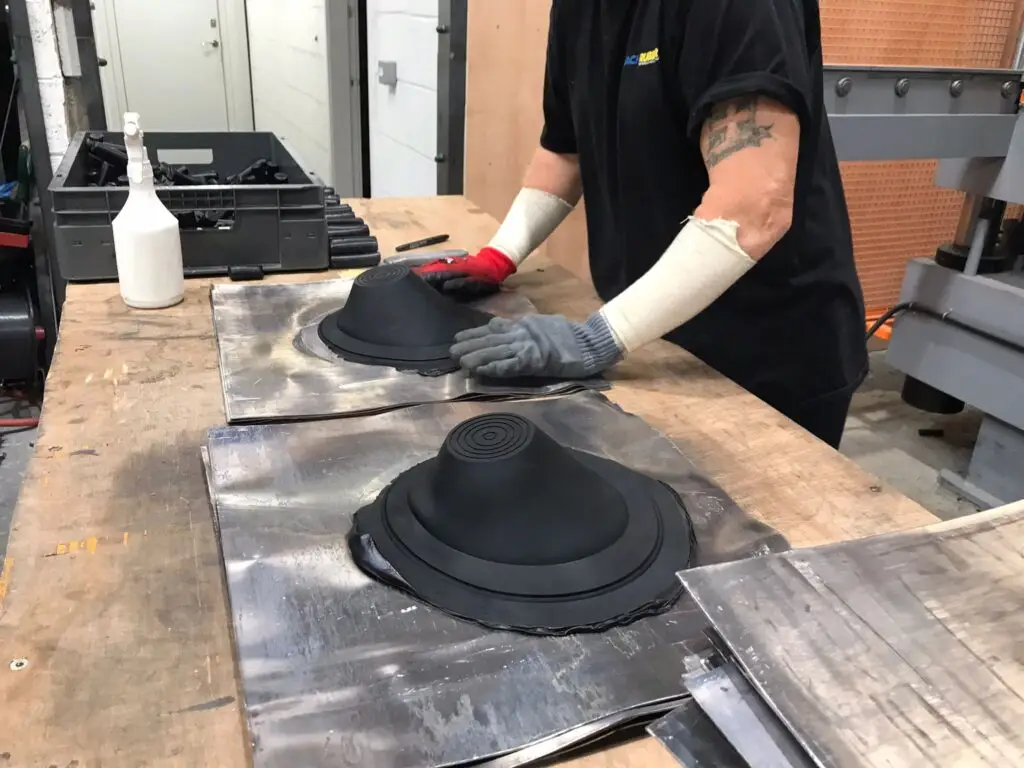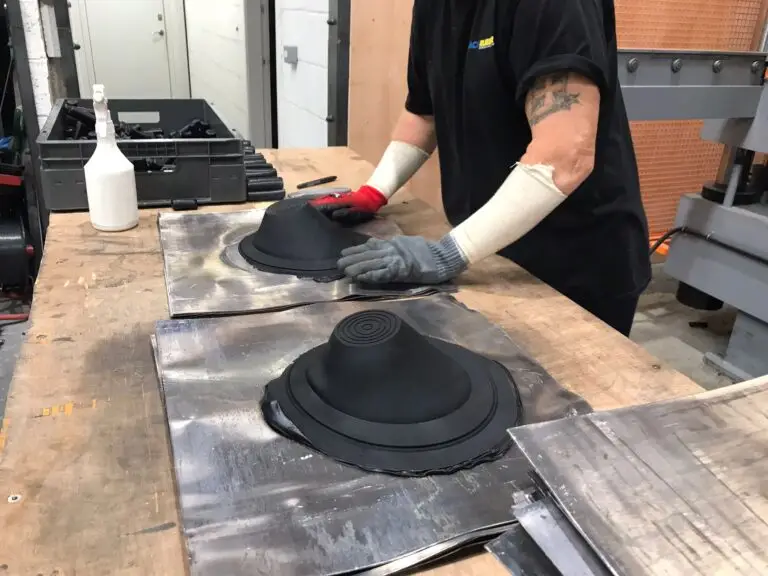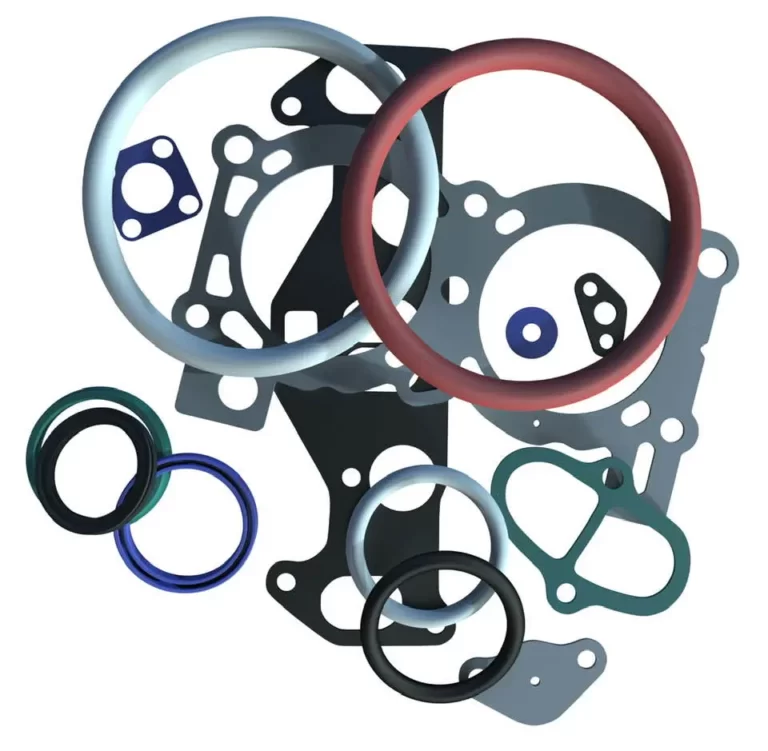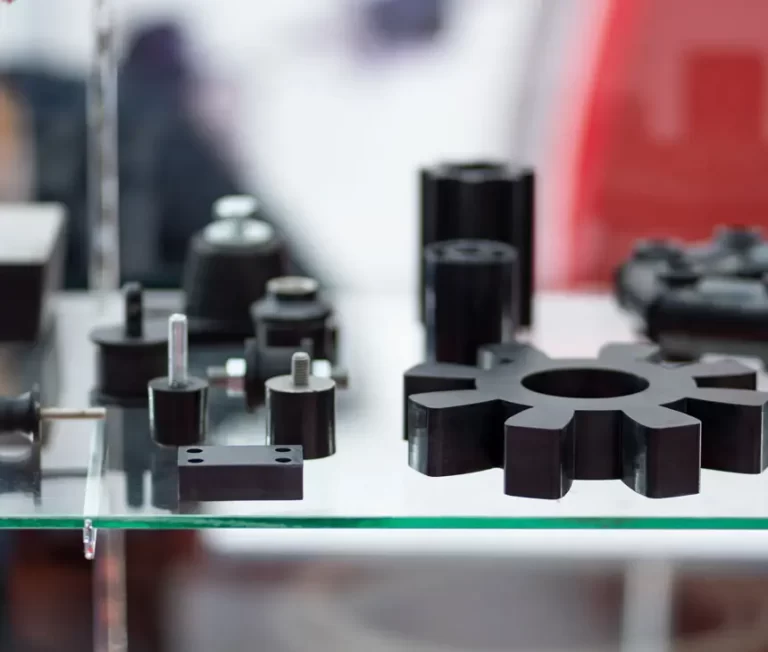Once the moulds have been designed and produced, the benefits of using injection moulding to produce rubber components are many and varied. These benefits and, indeed, disadvantages, should all be carefully considered before selecting injection moulding over compression moulding.
1. As with compression moulding, the design and manufacture of the moulds themselves can be a lengthy and costly process. This will affect both lead times and the final cost-per-unit. In fact, it is widely considered that, only when the production run exceeds 10,000 units.
2.Injection moulding usually results in lower unit costs as a result of faster cycle times, low levels of flash, little raw material waste and the reduced need for secondary (manual) trimming.
3.Injection moulding lends itself to a wide choice of materials, depending of the resulting component’s application. There is also the option of using fillers to add strength or even colours to the finished product.
4.The moulding process produces very little waste when compared to many other manufacturing processes. Even if there is any unused or waste rubber, you can recycle it for future use.
5.The process involves injecting molten rubber into the mould under very high pressure, allowing complex and intricate detailed components. Including logos or text on the finished product is also a viable option.
Injection moulding is an excellent manufacturing technology for producing mid- to high-volumes of parts in liquid silicone rubber. The process is still evolving and MACH Rubber are always exploring new ideas which could help you reduce costs for smaller production runs.




